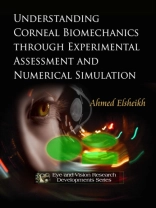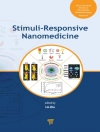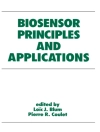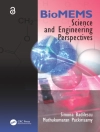The Ocular Biomechanics Group was established in 2002 with one clear target; to develop a virtual reality model of the human eye that can be used effectively and reliably to predict ocular response to surgery, injury and disease. This ambitious, and seemingly illusive, target helped plan our activities over the last 6 years and will still be focusing our efforts as we strive to create the necessary knowledge using experimental methods, build the predictive tools using programming and analysis means, and validate the findings in both the laboratory and the clinic. This book presents an overview of our biomechanical studies from laboratory material characterisation to finite element numerical simulation. The chapter describes what has been achieved and points at the remaining gaps in our knowledge. It explains that while much remains unknown in ocular behaviour, we are now in a good position to use available knowledge to progress predictive modelling and use it in actual applications such as improving the accuracy of tonometry techniques, planning of refractive surgeries and design of contact lenses. The discussion focuses on the cornea, although scleral biomechanics receive some mention. The chapter also refers to microstructural, biomechanical and topographic studies conducted by other research groups. Coverage of these studies has been necessary to provide a more complete image of current understanding of corneal biomechanics.
Ahmed Elsheikh
Understanding Corneal Biomechanics through Experimental Assessment and Numerical Simulation [PDF ebook]
Understanding Corneal Biomechanics through Experimental Assessment and Numerical Simulation [PDF ebook]
购买此电子书可免费获赠一本!
格式 PDF ● 网页 73 ● ISBN 9781536112207 ● 编辑 Ahmed Elsheikh ● 出版者 Nova Science Publishers ● 发布时间 2017 ● 下载 3 时 ● 货币 EUR ● ID 7216565 ● 复制保护 Adobe DRM
需要具备DRM功能的电子书阅读器












